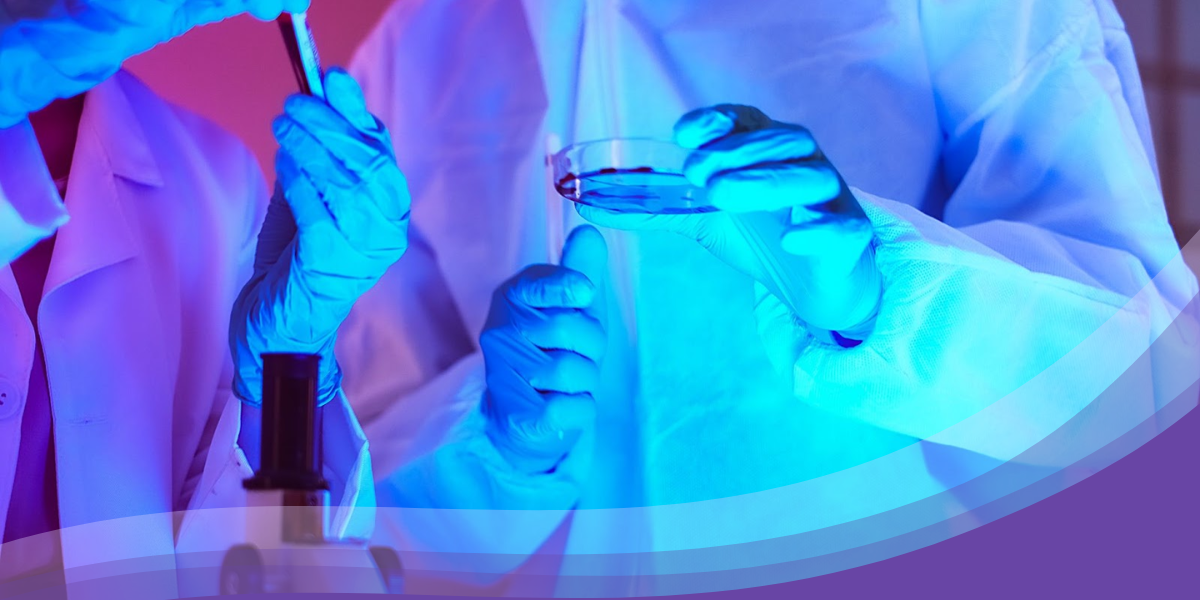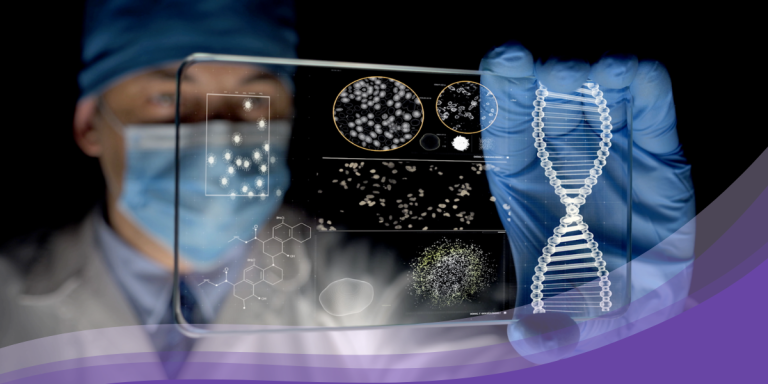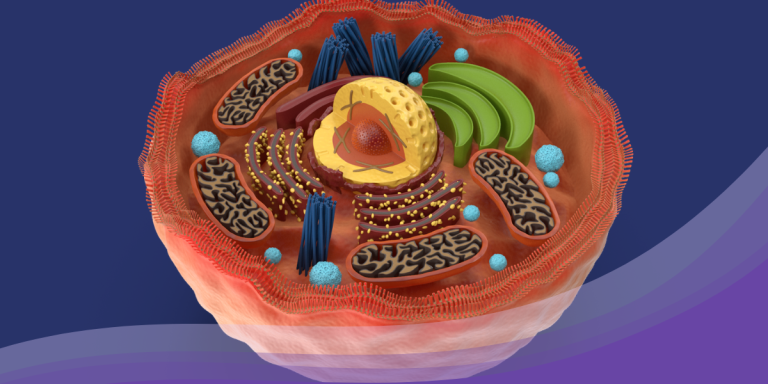An Exploration into the World of Human Umbilical Cord Blood-Nucleated Native Cells (HUCB-NNCs)
Did you know Human Umbilical cord blood, once considered medical waste in the 20th century, is now at the forefront of modern medical research and is stealing the limelight in advanced medical research? Let’s dive into the fascinating realm of these uncultured unique cells, understanding their potential and role in medical research.
Why is the Unaltered State of the Human Umbilical Cord Blood Nucleated Native Cells (HUCB-NNCs) a Game-Changer in Medical Research?
HUCB-NNCs are extraordinary cells derived from the umbilical cord blood after childbirth, forming a purified population composed of various vital components of the immune system – T cells, B cells, natural killer cells, MSCs, endothelial cells, and the all-important stem/progenitor cells. The term “Nucleated Native Cells” signifies cells that have retained their original, untouched state, free from any manipulations or alterations. The native cells, unexpanded by laboratory conditions, provide a precise snapshot of natural cellular environments and studies focusing on cellular interactions and biological processes. This undisturbed nature of HUCB-NNCs is what makes them a priceless asset for both research and therapeutic applications. It allows scientists to work with cells in their most authentic form, precisely as they exist within our bodies. Cultured cells, while useful in their own right, are subjected to manipulations and multiplication under laboratory conditions, which could potentially introduce unwanted mutations or changes. The fact that HUCB-NNCs preserve their natural properties and functions makes them perfect for situations where time is of the essence, bypassing the need for expansion or culture processes, unlike their cultured counterparts.
What Incredible Mix of Cells Does the (HUCB-NN) Product Contain and What Role Do They Play in Our Body?
Here’s a glimpse into what HUCB-NN cells bring to the table:
- The Human Umbilical Cord Blood Nucleated Native Cells (HUCB-NN): contain a diverse mix of cells including a small percentage of Mesenchymal stem cells MSCs. Despite being a small percentage, these cells have significant potential due to their unique characteristics. MSCs can interact with the other cell types present in the HUCB-NN product, such as hematopoietic stem cells (HSCs), T-cells, and B-cells, potentially enhancing their functions and supporting the overall therapeutic effect.
- Hematopoietic Stem Cells (HSCs): These are stem cells that have the capacity to differentiate into all types of cells in the blood. This includes the cells of the immune system and red blood cells, which carry oxygen around the body.
- T-cells: These are a type of white blood cell that play several crucial roles in the immune system. Some T-cells, known as helper T-cells, coordinate the immune response by signaling other cells to take action. Others, called cytotoxic T-cells, actively kill infected cells. There are also regulatory T-cells that help to keep the immune response in check and prevent it from attacking the body’s own cells.
- B-cells: are another type of white blood cell that contributes to the immune response by producing antibodies. Antibodies are unique proteins that can lock onto foreign bodies, marking them for destruction by other cells of the immune system. When you have immunity to a disease, it’s often because your B-cells can produce antibodies against it.
- Natural Killer (NK) cells: These are part of the body’s first line of defense against viral infections and cancer. They check the body and cells for signs of disease. If a cell is infected with a virus or has become cancerous, NK cells can kill that cell to stop the infection from spreading. They’re called ‘natural killers’ because they don’t need to be activated by other parts of the immune system to carry out this function.
- Progenitor Cells: Progenitor cells are a type of biological cell that, like stem cells, has the capacity to differentiate into a specific type of cell. However, unlike stem cells, they are often more limited in the number of cell types they can become and the number of times they can divide. Progenitor cells act as a kind of “reserve” pool of cells that the body can use to replace damaged or aging cells in a particular tissue.
- Monocytes: These are a type of white blood cell and part of the body’s immune system. They check the bloodstream, looking out for foreign bodies such as bacteria and viruses. When they encounter such threats, they can change into a type of cell called a macrophage, which can swallow and break down foreign bodies. Monocytes and macrophages are key players in the body’s innate immune response.
- Endothelial Cells: These cells line the inside of our blood vessels (arteries, veins, and capillaries) and lymphatic vessels, forming a single cell layer known as the endothelium. They play crucial roles in many physiological functions including control of blood pressure, blood clotting, wound healing, angiogenesis (formation of new blood vessels), and inflammation. They also provide a barrier between the blood or lymph and the rest of the body tissues.
What Makes HUCB-NNCs Stand Out in the Sea of Medical Research and Clinical Applications?
HUCB-NNCs stand out for their easy accessibility, ability to retain native properties, disease modeling capacity, regenerative potential, and low immunogenicity. Acquiring cord blood is a relatively straightforward, less intrusive, and quicker process when compared to other methods of blood collection. The existence of established banking infrastructure, ease of collection, and reduced contamination risks due to their unaltered features and functions further enhance their appeal. Owing to their close resemblance to native cell populations, the preservation of gene expression, and regenerative properties, umbilical cord blood has emerged as the optimal source for certain types of research.
Considerations
Unfolding the mysteries of Human Umbilical Cord Blood Nucleated Native Cells (HUCB-NNCs) is a thrilling journey. However, as we dive in, let’s remember that balance is key. We’re venturing into new territory where breakthrough discoveries await, yet it’s equally vital to respect ethical guidelines and societal expectations. Yes, the world of HUCB-NNCs is evolving, and initial findings are fascinating. But it’s crucial to keep pursuing a deeper understanding with rigorous scientific practices. Transparency, unbiased reporting, and ethical handling of this exciting field aren’t just necessities—they’re our commitment to you and to society.
Join us at SCR Therapy as we unlock the potential of these incredible cells, aiming to bring better health and a brighter future. So, here’s to an exciting journey filled with potential, discovery, and shared responsibility!





